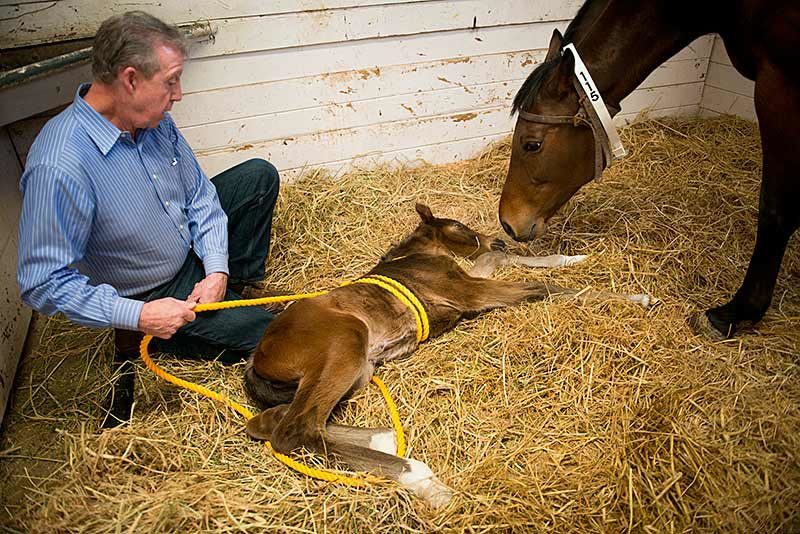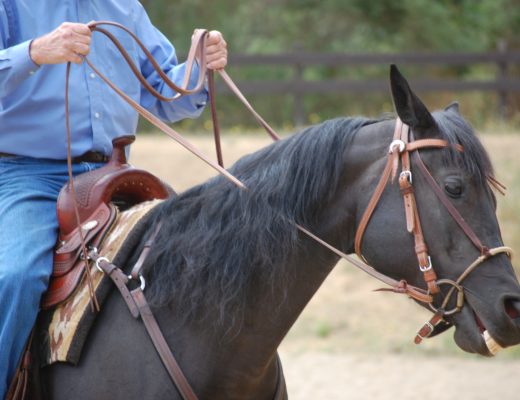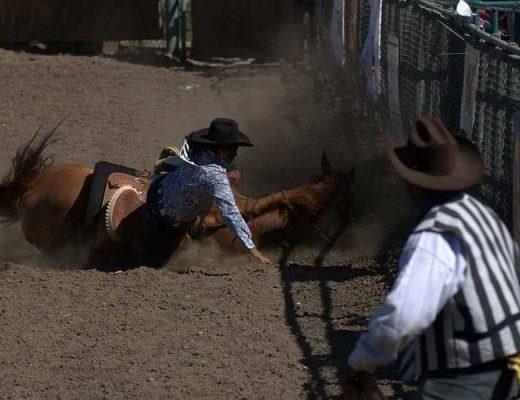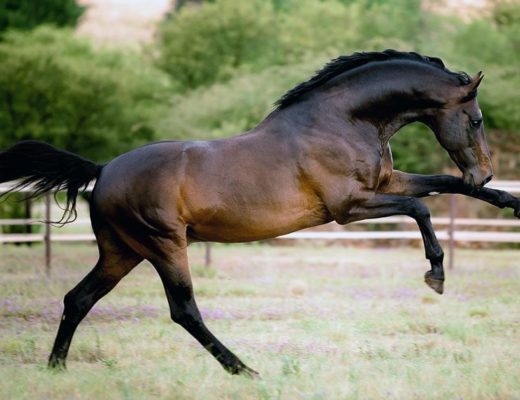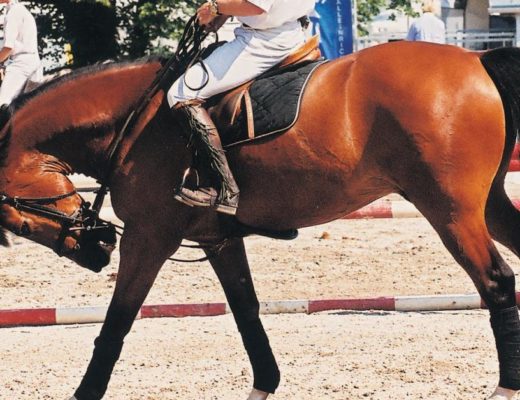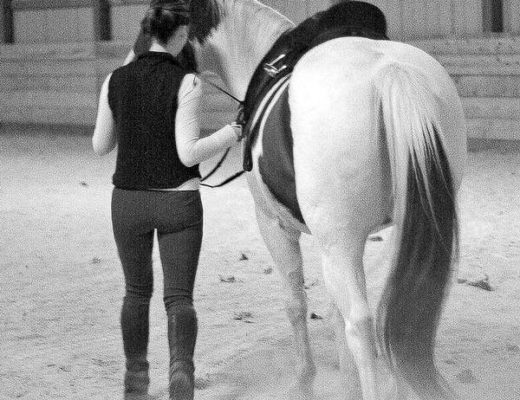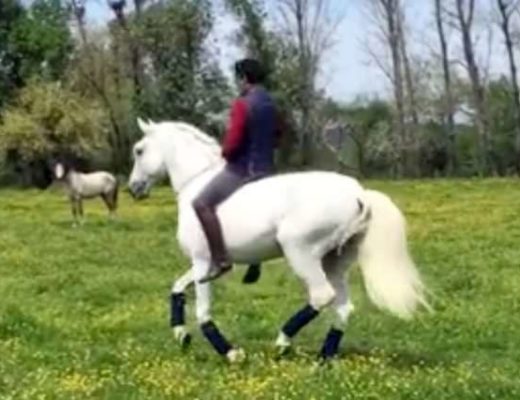According to UC Davis researchers, there might be a link between Autism in humans, and neonatal maladjustment syndrome (aka Dummy Foal Syndrome) in horses.
“Using data from the foal research, Pessah, Madigan and Aleman are working with environmental epidemiologist Irva Hertz-Picciotto at the UC Davis MIND Institute to investigate neurosteroids in children with varying degrees of autism, ranging from some developmental delay to full-spectrum autism.
“The researchers are exploring whether abnormal regulation of neurosteroids during the time around childbirth could be one of many factors that might contribute to autism and related neurodevelopmental disorders. A recent study has reported elevated levels of neurosteroids in children with autism spectrum disorder.”
The concept that some disorders in animals and humans may be related to a failure of transition of consciousness at birth is a novel idea.
Evolutionary biological mechanisms for survival and adaptation after birth are important concepts, whether it’s a newborn foal or a newborn infant. In this case, it may very well be that the horse is allowing us to learn something about ourselves.
John Madigan, UC Davis veterinary professor
Newborn Horses Give Clues to Autism
Even if a link is not found between dummy foals and Autism, the breakthrough they are seeing with the squeeze harness method on foals suffering from neonatal maladjustment is promising. I wish I had known about this a decade ago when I had a dummy foal. He improved significantly over time but was never quite “all there”, and it was a long, tiring, expensive process.
